If you were a bird, and for some reason known only to your creator, you found it essential each year to fly thousands of miles between the northern reaches of Europe and the southern end of Africa, somewhere in the middle of your trip, you would — because of winds, topography, the placement of seas, food supplies, water sources, and climates — find yourself flying over the thin desert country of Israel, as your bird parents and grandparents and great grandparents had done since the time of Adam and Eve.
But the land is different now. In the early 1950s, the Jewish National Fund, motivated with the best of intentions (increasing arable land; draining malarial swamps) turned the northern Galilee’s approximately 14-square kilometer Hula basin into rich farmland.
In Your Bucket Because….
- This is one of the world’s most important bird migration sites.
- Depending on the season, you could see two million or more birds in a single day.
- Good for nature lovers, bird-watchers, and families.
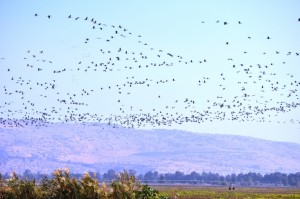
“Woo-hoo,” you might have said, looking down upon the all-you-can-eat buffet that covered the land after the swamps were drained and the Jordan River re-channeled and the farmland planted. (Or perhaps, “Squawk, squawk;” remember: you are a hungry, tired bird — a gray crane, or maybe a stork — who has flown a few thousand miles.)
So imagine: You invite your wife and your kids to check it out with you, and the neighbors take note, and pretty soon, what with birds being flock animals and all, a bugle of cranes and a mustering of storks and a paddling of ducks and a siege of herons have all made camp. Some 500,000,000 (yes, five hundred million) birds representing more than 400 species pass through this sliver of land on their annual migrations.
If you are a bird, this works out quite well. If you are a farmer, not so much. 500,000,000 birds can eat an awful lot of crops, and why would any bird leave this lovely spot and fly another few thousand miles when the temperature is balmy and there is plenty of food and fresh water?
The words “Biblical plague” come to mind.
Reclaiming a Reclamation Project: Environmental History in the Hula Valley
Too many birds feasting was only one of the problems caused by the transformation of swamp to farmland. In that “It’s not nice to fool Mother Nature” way, a series of environmental imbalances unfolded, including peat sediment degradation, uncontrollable underground fires, infestations of field mice, and the release of nitrates and sulfates. What had been one of the Middle East’s biologically richest aquatic environments lost 119 animal species; some plants became extinct. A small parcel — swampland that had originally been set aside to counter environmental concerns — became, in 1963, Israel’s first nature reserve, but it wasn’t enough. Finally, from 1980 to 1994, the JNF inaugurated a program to reverse the damage of the original reclamation project and rehabilitate the Hula. Work began, and in 1994, part of the southern Hula Valley was reflooded to create Agamon HaHula — “Little Hula Lake,” which now serves as a protected nesting and resting site.
But there was still the problem of birds and the farmers, because with so much food and fresh water available right in the middle of a migration, the area was inundated with millions of birds who feasted on peanut crops and saw no reason to leave.
This story has a happy ending. A fairytale ending really.
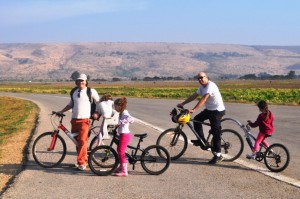
Imbar Rubin, a guide at the park, explains the not-so-simple solution. We are sitting in a bird blind, watching the cranes settle in for the night; a half an hour earlier, we had watched as farmers drove through the fields scattering corn for the birds. Which at first glance, makes no sense.
“A 700-dunem field was given by the farmers, and the corn planted there was fed to the cranes,” Imbar explains. “About five to seven tons of corn are fed to the cranes during the migration, then the feeding is stopped at the time when the birds would normally resume their journey, so they leave. Then the farmers can plant and harvest the land without having the birds eat everything.”
And, the lake is preserved as an attraction that appeals to locals and tourists: Birdwatchers from around the world flock to the Hula (officially named the Agamon Hula Ornithology and Nature Park). Families tale daytrips to cycle and relax. Shekels are exchanged. Everyone wins.
Birdwatching in Israel’s Hula
When you arrive in the Hula, the first thing you’ll notice is the lush green valley, in stark contrast to the dusty hills of the northern Galilee. Bordered by the Golan Heights to the east and the Naphtali Range to the west, the lake owes its geography to volcanic basalt hills, which, although only about 200 meters high, plug the Jordan River from flowing into the Sea of Galilee. This “plug” is what caused the marshlands to form and provide a source of fresh water that attracts migrating birds in an otherwise dry landscape.
Which birds you’ll see depends on the season, but the park is known for large flocks of gray cranes and storks, as well as gray herons, egrets, cormorants, and pelicans. The birds are coming from (and going to) places as far away as northwestern Russia, northern Asia, Scandinavia, Lake Victoria, and South Africa.
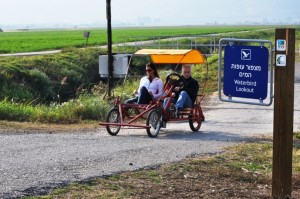
As with much wildlife viewing, early morning and late afternoon are prime times: Sunset, in particular, sees thousands of birds swoop down from the skies to make their homes for the night. Watching the birds descend to take shelter in the protected lakes, I can’t help but wonder at the grand tri-continental migration spectacle that unfolds with every sunset.
Imbar stands next to me. We are peering out from a bird blind, watching the gray cranes dance with each other in the marshes, while a nutria carves a path through the water. Imbar has a look of contentment with this place and her place in it; she’d been a bar waitress in the area when the park opened, and checking out the park has, she says, changed her life.
“It was a difficult problem, to solve,” she reflects, returning to the environmental issues and the cranes and the farmers and the water. “And there were mistakes made. At first, they thought there would be a water park here, with big tourism facilities and hotels, but then they realized, no, this would not work with the birds. It took a lot of work, to find the right balance: a lot of negotiations, understanding and also cooperation on many levels: tourism with the farmers and with nature.”
But that balance was found, and it is peaceful here, now. We watch in silence as the dusk slowy falls, and the birds settle in for the night.
Would that every conflict in this conflicted land were solved as successfully.
Practicalities
- Guests must leave their cars at the visitor’s center and use one of the transportation options offered by the park, which includes bikes (some of them suitable for multiple riders), golf-carts, and a safari van (complete with guide).
- The guided torus are well worth the loss of autonomy, as you’ll learn about the habits of migrating birds, the history of the region, and the environmental issues.
This article received a silver award from the North American Travel Journalists Association.
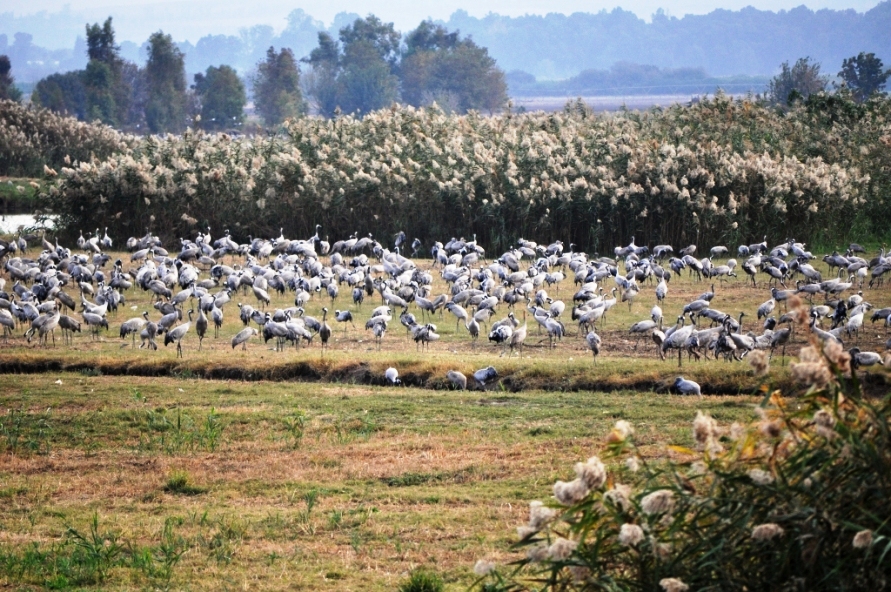
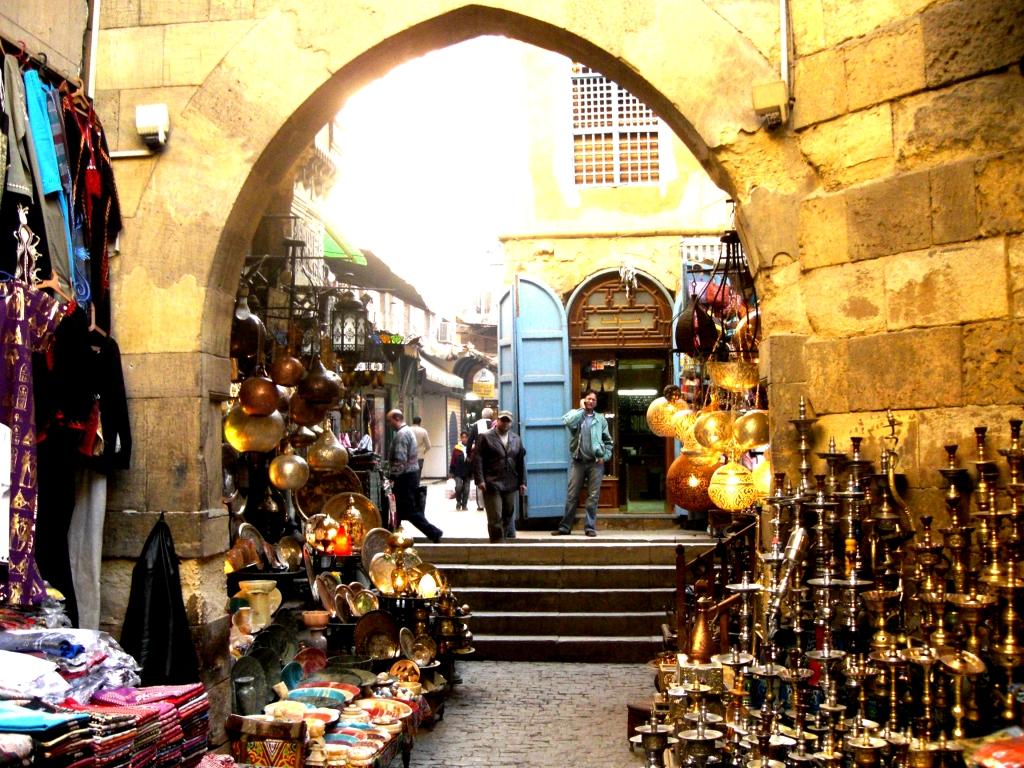
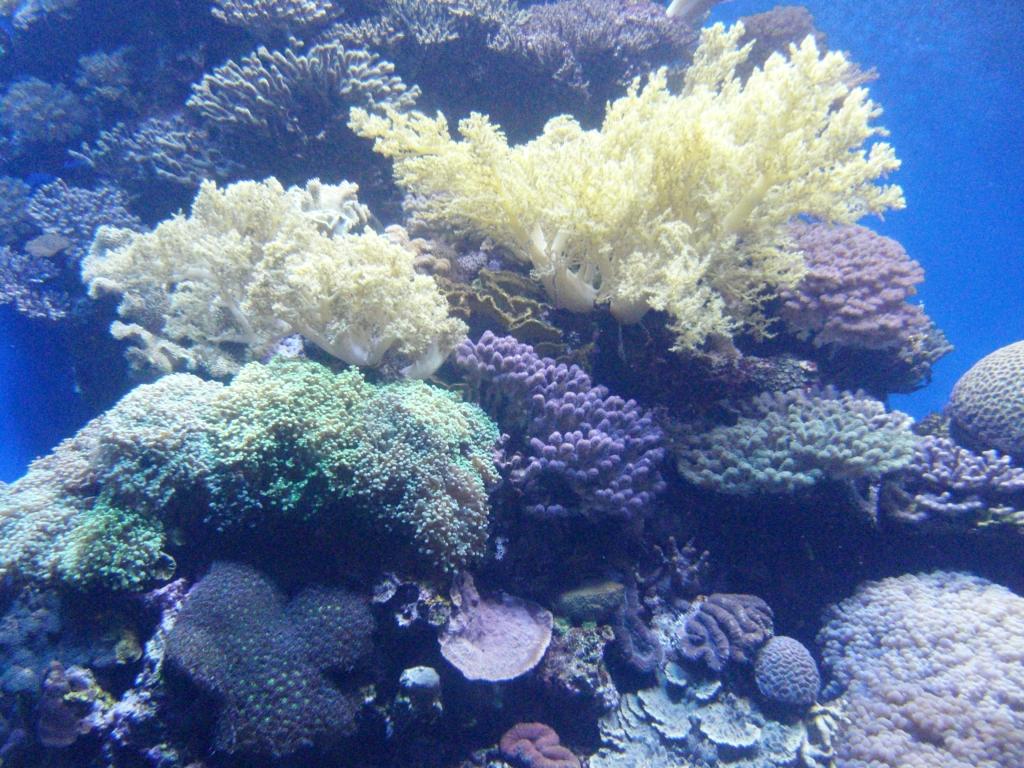
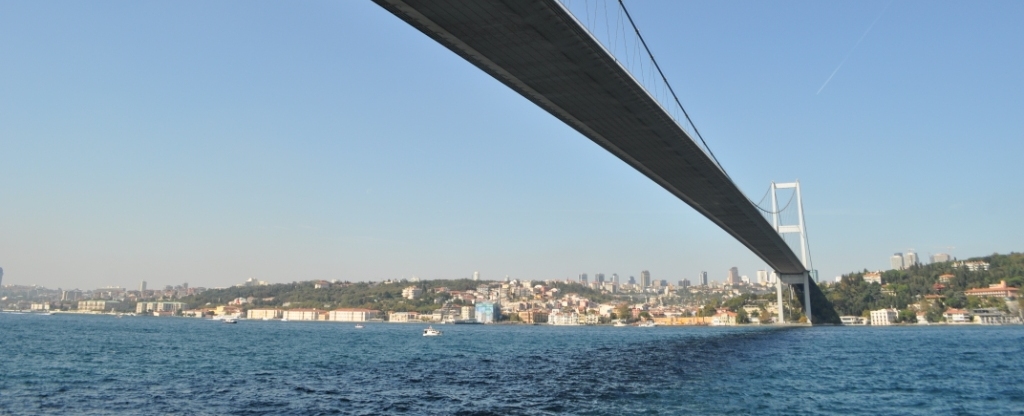
One thought on “Watching a Tri-Continental Bird Migration in Israel’s Hula Valley”